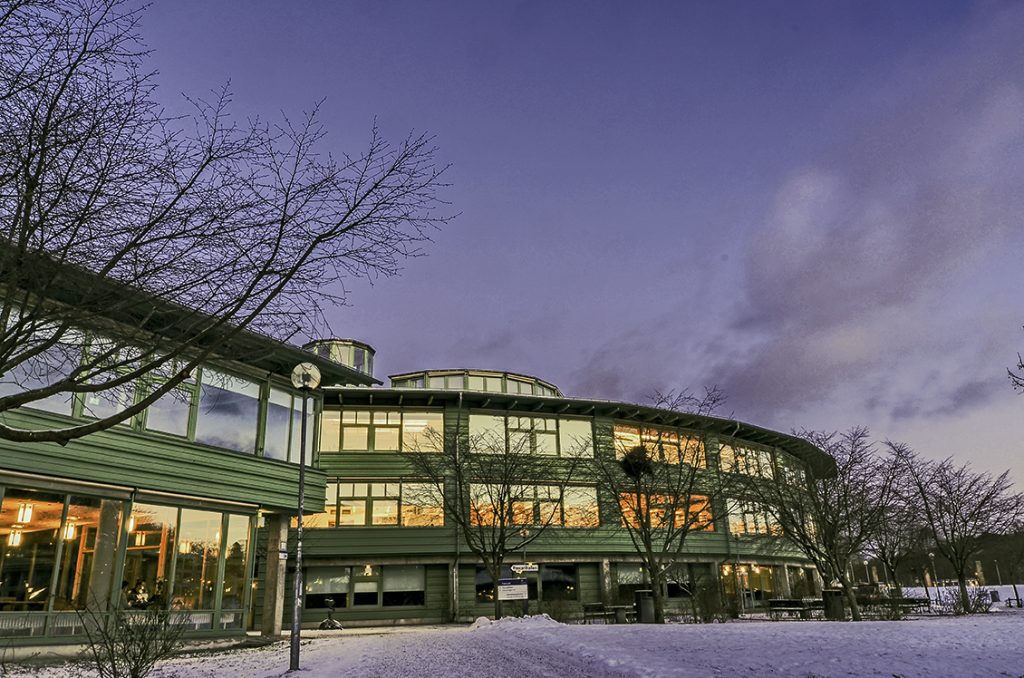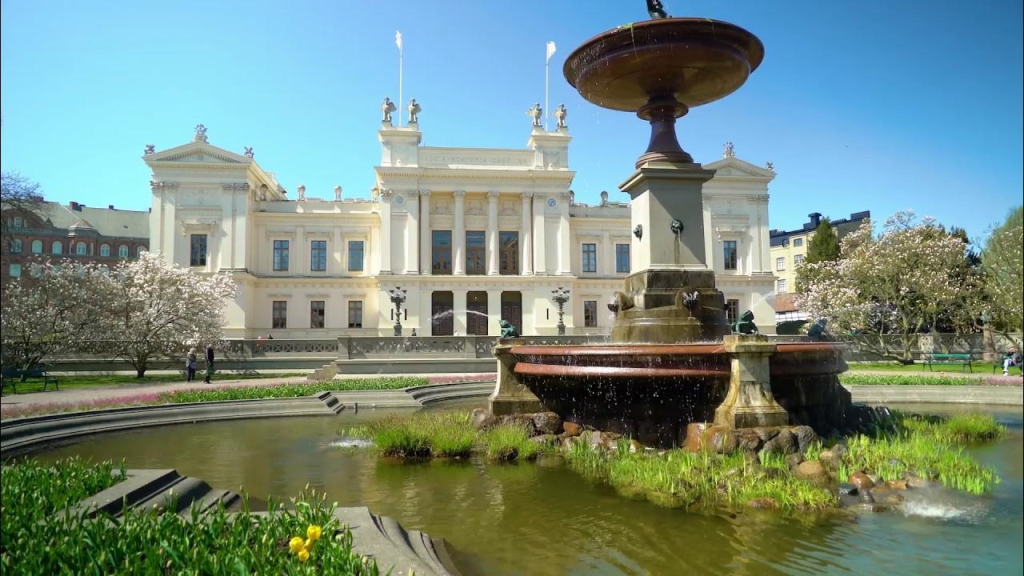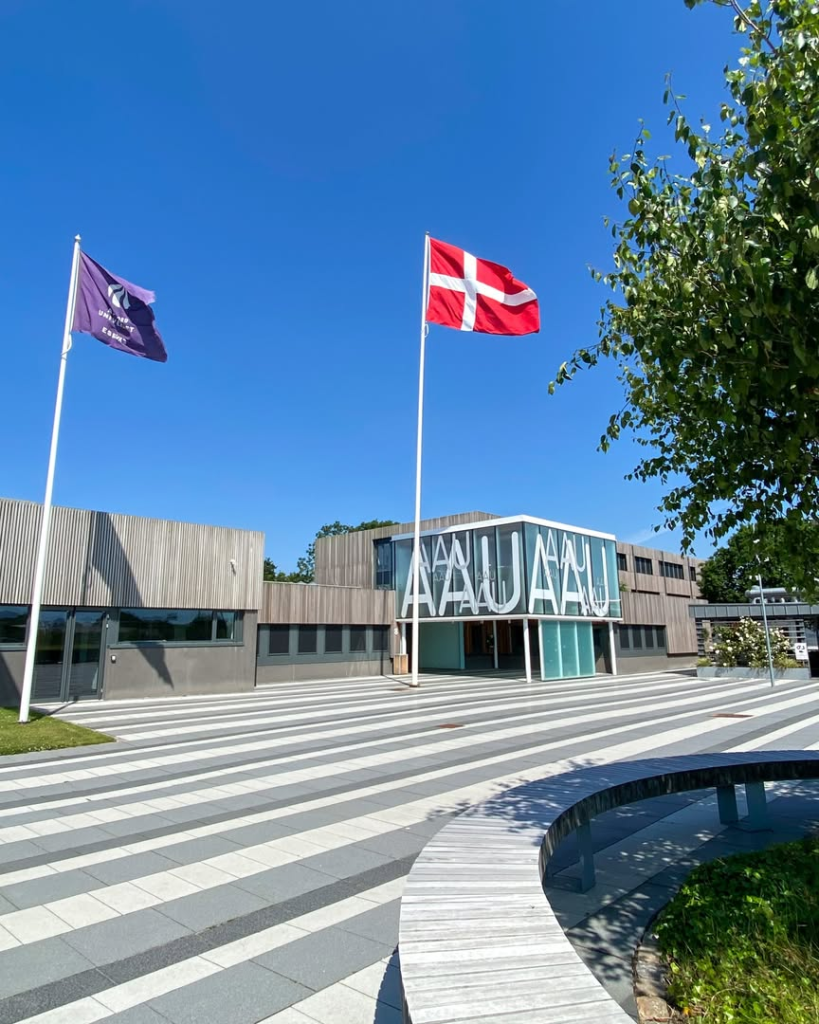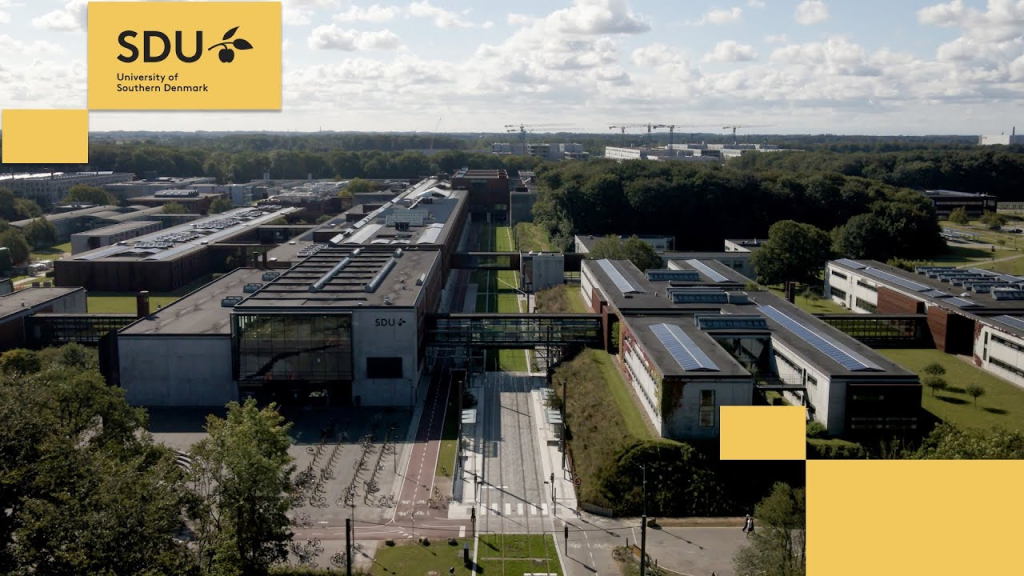
Thinking of studying engineering, technology, or sustainability abroad? Chalmers University of Technology in Sweden is one of the top choices for Indian students looking for high-quality, innovation-driven education in a safe and progressive country.
Here’s how to secure your admit in 2026:
Why Chalmers?
Located in Gothenburg, Chalmers ranks among Europe’s top universities for engineering, architecture, data science, AI, and environmental studies. Known for its research collaborations with Volvo, Ericsson, and AstraZeneca, it offers hands-on learning and excellent career prospects.
Popular Master’s Programs at Chalmers University of Technology
| Program | Field |
|---|---|
| MSc Data Science & AI | Computer Science |
| MSc Sustainable Energy Systems | Energy & Environment |
| MSc Automotive Engineering | Mechanical/Vehicle Engineering |
| MSc Industrial Design Engineering | Design + Tech |
| MSc Engineering Management | Business + Engineering |
All Master’s programs are English-taught, 2 years in duration, and start in August 2026.
Admission Requirements for Indian Students
| Requirement | Details |
|---|---|
| Bachelor’s Degree | 4-year degree in a relevant field (engineering, science, etc.) with minimum 70–75% |
| English Proficiency | IELTS 6.5 (no band < 5.5) or TOEFL iBT 90+ |
| GRE | Not required |
| SOP | Strong Statement of Purpose tailored to program |
| Letters of Recommendation | 1–2 academic/professional referees |
| CV | Recommended; especially for work experience or project highlights |
| Portfolio | Only for design/architecture programs |
Application Timeline (2026 Intake)
| Stage | Timeline |
|---|---|
| Applications Open | Mid-October 2025 |
| Deadline | Mid-January 2026 |
| Supporting Docs Deadline | February 2026 |
| Admission Results | March–April 2026 |
| Semester Start | Late August 2026 |
Apply via the Swedish national portal: universityadmissions.se
Tuition & Scholarships at Chalmers University of Technology
| Expense | Cost |
|---|---|
| Tuition Fees | SEK 140,000/year (~₹11.5 lakh) |
| Living Costs | SEK 100,000/year (~₹8.2 lakh) |
| Scholarships | Chalmers IPOET Scholarship (75% tuition waiver for non-EU students); Indian-specific awards via Swedish Institute |
Proof of funds (~SEK 103,000/year) is needed for a residence permit.
Tips to Strengthen Your Application
- Highlight technical projects, internships, or research in your SOP.
- Choose programs aligned with your bachelor’s specialization.
- Apply early – Chalmers is competitive, especially for popular tracks like AI and Automotive Engineering.
- Explore part-time work and internships in Sweden to build your profile.
You Might Also Like: How To Get Into Uppsala University
Planning to apply to Chalmers University of Technology?
Let Admitix help you.
Start early with SOPs, shortlist programs, and get ready for a high-impact career in Sweden. Admitix helps you every step of the way – from university selection to visa prep!
Book your free consult today.
Let’s get you into Chalmers, class of 2026!
FAQs – Chalmers University of Technology
Q1. Is GRE required for Chalmers?
No, GRE is not required for any master’s program.
Q2. Can I work while studying in Sweden?
Yes, there’s no restriction on part-time work during studies.
Q3. Are there tuition-free options in Sweden?
Not for non-EU students, but Chalmers offers generous scholarships.
Q4. What’s the acceptance rate at Chalmers?
Selective but achievable with a strong academic profile and focused SOP.
Q5. Does Chalmers offer post-study work options?
Yes, students can apply for a 1-year job search visa after graduation.












